All Hail Atari
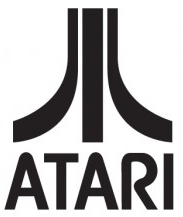 June 27, 1972
June 27, 1972
The iconic video game company, Atari, is founded by Nolan Bushnell and Ted Dabney. Their first video game, Pong, was the first commercially successful video game and led to the start of the video game industry. In 1977, Atari’s Video Computer System (known as the VCS and later the Atari 2600) popularized the home video game market. Before the video game crash of 1983, Atari was the fastest growing company in the history of the United States at the time, and the brand was synonymous with video games.
All those who have enjoyed video games, whether we started playing in the 70’s, 80’s, or just in the last few years, should take a moment to reflect on the company that single-handedly spawned the video game industries we so cherish. I propose that the best way to do that is to … well … stop what you’re doing and play a video game right now!
I PC, UPC …
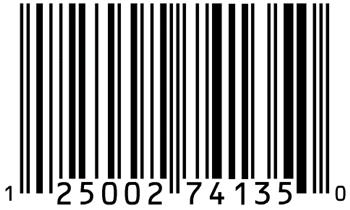 June 26, 1974
June 26, 1974
A Universal Product Code (UPC) is used to ring up a purchase for the first time at a Marsh Supermarket in Troy, Ohio. The first item scanned was a 10-pack of Juicy Fruit gum. Take that to your trivia contents!
Microsoft Incorporated
 June 25, 1981
June 25, 1981
Founded six years earlier by Bill Gates and Paul Allen, Microsoft officially incorporated as a company. The timing of the incorporation was about 2 months ahead of the release of the IBM PC, which would soon change the fortune of Microsoft and the entire technology industry.
iPhone 4 Goes on Sale
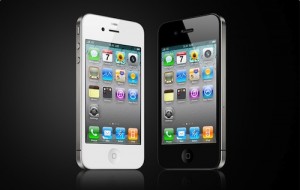 June 24, 2010
June 24, 2010
After a wild lead-up involving a prototype being lost at a bar, Apple’s iPhone 4 officially went on sale. Later the iPhone 4 would then become the subject of the Antennagate controversy. With so much attention given to the phone, it really was no wonder that it went on to set sales records.
The First Practical Typewriter Patented
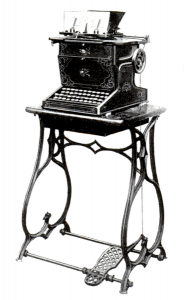 June 23, 1868
June 23, 1868
Latham Sholes, Carlos Glidden, and Samuel Soule are awarded a patent for the “Type-Writer” which would become the basis for the first practical and commercially successful typewriter. Evolving into what would become known as the Sholes and Glidden typewriter (which would later become the Remington No. 1), one of its lasting legacies was the introduction of the QWERTY keyboard, which is still the most popular keyboard layout in the world to this day.
A popular theory states that the design of the QWERTY keyboard was intended to slow down typists in order to minimize the clashing of the typebars which would jam up the early typewriters. There is little evidence to support this theory, however, and a research study published in 2011 asserts that the QWERTY design was more directly influenced by feedback from telegraph operators who were early adopters of typewriters and found previous keyboard layouts inefficient.
Jet Mail
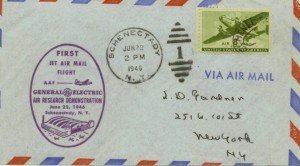 June 22, 1946
June 22, 1946
In a demonstration of the capabilities of jet aircraft, Army Air Corps pilots Kenneth Chilstrom and Robert Baird transport mail in a Lockheed P-80 Shooting Star, thus making the first delivery of mail by jet aircraft.
Greenwich Becomes Mean
June 22, 1675
 King Charles II of Britain decrees the establishment of an observatory at Greenwich for the purpose of finding better ways of determining the longitudinal locations of ships at sea. The prevailing theory at the time was that accurate star charts combined with a table of the moon’s position would help navigators establish how far east or west of Greenwich they were located. Ironically, this method did not prove reliable enough and eventually a time-based method was developed when clockmaker John Harrison created spring-driven timepieces that could keep accurate enough time on ships. It took nearly 100 years after the establishment of the Royal Observatory at Greenwich for Harrison’s method to be accepted as a reliable standard. British mariners would set at least one chronometer on their ship to Greenwich Mean Time in order to calculate their precise longitude. By 1884 72% of global commerce used nautical charts based on Greenwich and in that year it was established as the Prime Meridian of the world which also lead to Greenwich Mean Time becoming the international time standard. In the 1970’s Coordinated Universal Time (UTC) would become the world time standard, using GMT as its base time zone (UTC+00:00).
King Charles II of Britain decrees the establishment of an observatory at Greenwich for the purpose of finding better ways of determining the longitudinal locations of ships at sea. The prevailing theory at the time was that accurate star charts combined with a table of the moon’s position would help navigators establish how far east or west of Greenwich they were located. Ironically, this method did not prove reliable enough and eventually a time-based method was developed when clockmaker John Harrison created spring-driven timepieces that could keep accurate enough time on ships. It took nearly 100 years after the establishment of the Royal Observatory at Greenwich for Harrison’s method to be accepted as a reliable standard. British mariners would set at least one chronometer on their ship to Greenwich Mean Time in order to calculate their precise longitude. By 1884 72% of global commerce used nautical charts based on Greenwich and in that year it was established as the Prime Meridian of the world which also lead to Greenwich Mean Time becoming the international time standard. In the 1970’s Coordinated Universal Time (UTC) would become the world time standard, using GMT as its base time zone (UTC+00:00).
UNIX and UNIX-based operating systems keep time by using UTC and applying an offset for the local time zone. Notably only the Windows operating system uses local time as the assumptive basis for your computer’s clock. In fact, UNIX-based operating systems define the current time by the number of seconds which have passed since 00:00:00 UTC on Thursday, 1 January 1970, otherwise known as the UNIX epoch. So for those of you following along, a decree by a king in 1675 is the basis for how much of our technology of today keeps track of time.
SpaceShipOne – First Private Space Flight
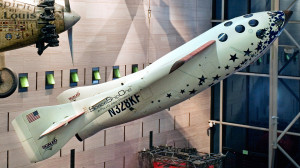
June 21, 2004
Financed by Microsoft co-founder Paul Allen, SpaceShipOne becomes the first spacecraft developed by the free market to enter spaceflight. Launched from a mothership named White Knight, SpaceShipOne flew just beyond the atmosphere into the threshold of space then glided back to Earth. SpaceShipOne would later win the $10 million Ansari X Prize for the first non-government organization to launch a reusable manned spacecraft.
First Stored Program Run
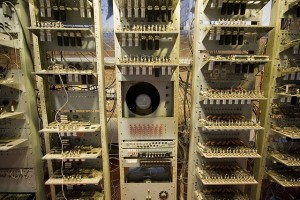 June 21, 1948
June 21, 1948
The first program on the world’s first stored-program computer, the Manchester Small-Scale Experimental Machine (SSEM) is run. This first program was designed to test the computer’s reliability and ran for 52 minutes performing 3.5 million operations.
SEAC Machine Dedicated
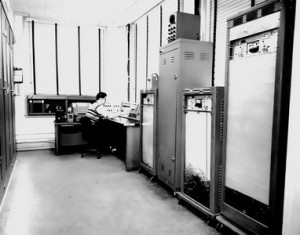 June 20, 1950
June 20, 1950
The National Bureau of Standards dedicated the SEAC (Standards Eastern Automatic Computer) in Washington. The SEAC was the first computer to use all-diode logic, a technology more reliable than vacuum tubes, and was the first stored-program computer completed in the United States. Magnetic tape in the external storage units stored programming information, coded subroutines, numerical data, and output.
